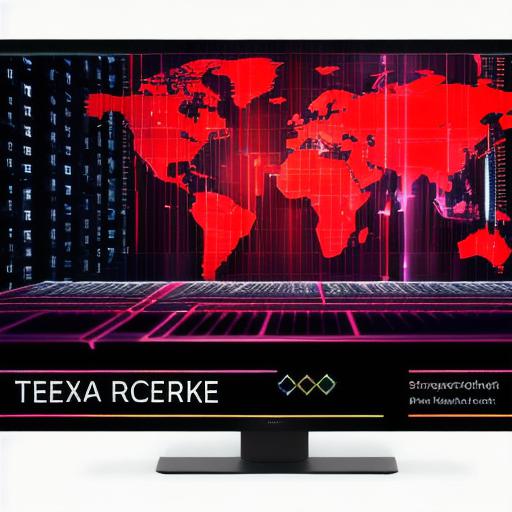As we move towards a decentralized web, it’s important to understand how IPFS and Web3 technology are revolutionizing the way we interact online. In this comprehensive guide, we will explore the key benefits of decentralized technology, discuss the role that IPFS plays in creating a more secure and resilient internet, and show you how to get started with implementing these technologies in your own projects.

Benefits of Decentralized Technology
Decentralization has become increasingly important in recent years as we’ve seen more and more centralized systems come under attack from hackers and other malicious actors. By removing the single point of failure that centralized systems rely on, decentralized technology provides a more secure and resilient way to interact online.
Decentralization also offers greater control and privacy for users. Instead of relying on a third-party intermediary to manage our data and interactions, we can take control of these ourselves using decentralized tools and platforms.
How IPFS is Revolutionizing the Internet
IPFS (InterPlanetary File System) is a peer-to-peer file system that allows users to store and share files without relying on centralized servers. By distributing files across a network of computers, IPFS creates a more secure and resilient internet that can withstand attacks and failures.
IPFS also offers faster and more efficient data transfer than traditional centralized systems. With IPFS, users can download files directly from other users in the network, rather than relying on slow and unreliable servers.
Implementing Decentralized Technology with Web3
Web3 is a term that refers to the next generation of the internet, built on decentralized technologies like IPFS and blockchain. With Web3, we can create more secure and resilient applications that are free from centralized control and censorship.
There are many different ways to implement decentralized technology in your own projects, depending on your specific needs and goals. Some popular Web3 tools and platforms include IPFS-based file storage systems, decentralized social media platforms, and peer-to-peer marketplaces.
Real-Life Examples of Decentralized Technology in Action
Decentralized technology is already being used in a variety of real-life applications, from decentralized finance (DeFi) to peer-to-peer lending platforms. Here are just a few examples:
- Filecoin: A decentralized file storage system that uses IPFS to store and share files securely and efficiently.
- Soma: A decentralized social media platform that allows users to control their own data and interactions.
- OpenBazaar: A peer-to-peer marketplace that enables users to buy and sell goods without relying on centralized intermediaries.
Getting Started with Decentralized Technology
If you’re interested in implementing decentralized technology in your own projects, there are many resources available to help you get started. Here are a few steps you can take:
- Learn more about IPFS and Web3 technologies by reading online tutorials and guides.
- Experiment with different decentralized tools and platforms to find the ones that work best for your needs.
- Join online communities of Web3 developers and enthusiasts to connect with others who are working on similar projects.

Thought-Provoking Ending
As we continue to move towards a decentralized web, it’s important to remember that decentralization is not just about creating a more secure and resilient internet – it’s also about empowering users to take control of their own data and interactions. By embracing decentralized technology, we can create a more open and inclusive internet that truly reflects the values and needs of its users.
